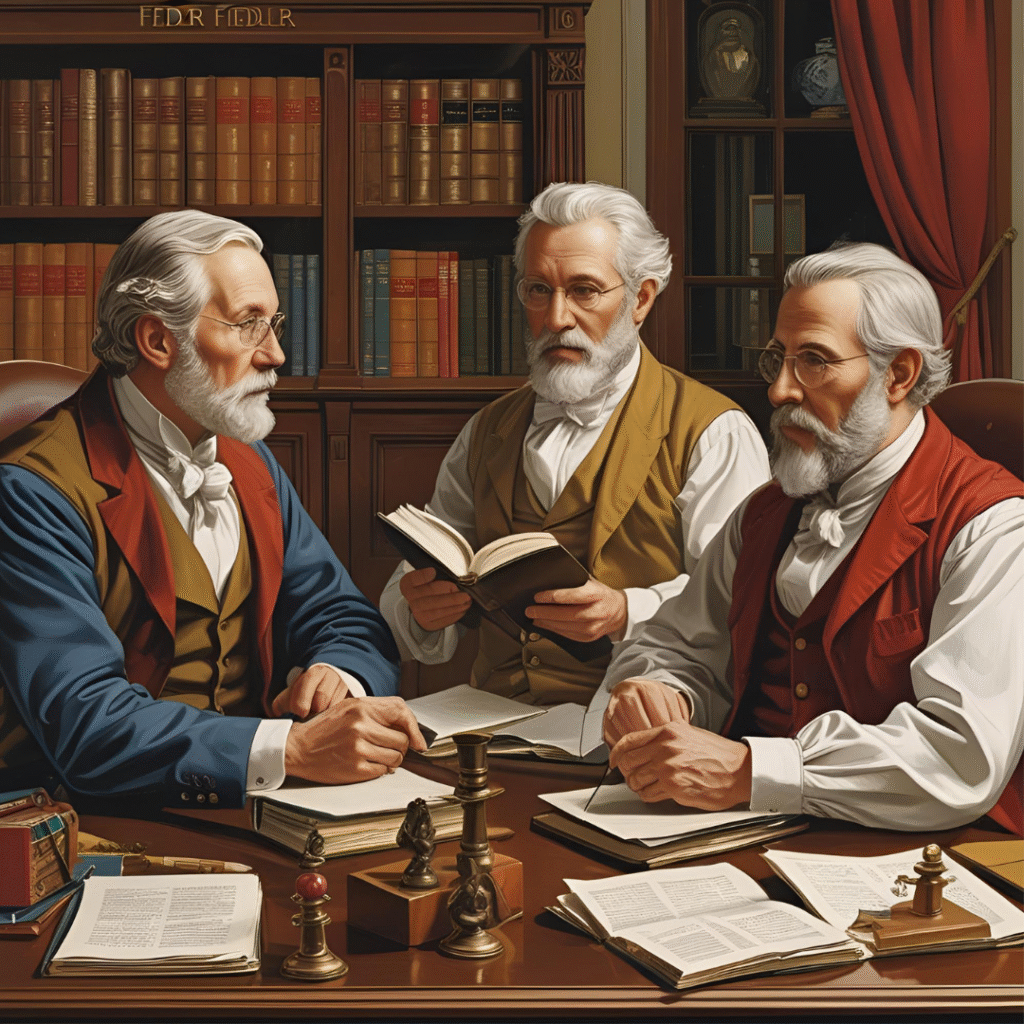Introduction to the Fiedler Contingency Model
The Fiedler Contingency Model, introduced by Fred Fiedler in 1967, revolutionized leadership theory by emphasizing that no single leadership style is effective in all situations. Unlike earlier theories that focused purely on traits or behaviors, Fiedler’s model proposed that leadership effectiveness depends on the context in which a leader operates.
This theory asserts that matching a leader’s style to the right situation is essential for optimal team performance.Core Concepts of the Model
At its foundation, the Fiedler Contingency Model is based on two main ideas:
- Leadership Style is Fixed
Fiedler believed that a leader’s style is largely stable and cannot be easily changed. Therefore, it is more effective to alter the environment than to change the leader. - Situational Favorableness Matters
The success of a leadership approach depends on how favorable the situation is to the leader’s control and influence.
This framework paved the way for modern contingency and situational leadership models widely used today in management and organizational psychology.
Leadership Styles in Fiedler’s Theory
Fiedler identified two primary leadership styles:
Task-Oriented Leaders
Focus on goal achievement, productivity, and task delegation. Best suited for:
- Highly structured tasks
- Clear roles
- Time-sensitive environments
Relationship-Oriented Leaders
Prioritize interpersonal relationships, communication, and team harmony. Best suited for:
- Creative or collaborative work
- Environments with conflict or low morale
- Teams needing motivation or cohesion
To measure a leader’s style, Fiedler developed the Least Preferred Co-worker (LPC) scale, where individuals rate their least favorite colleague.
- High LPC Score = Relationship-oriented
- Low LPC Score = Task-oriented
Situational Favorableness: The Key Variables
Fiedler proposed that the favorableness of a leadership situation is determined by three factors:
Leader-Member Relations
The degree of trust, confidence, and respect between the leader and followers. Strong relations make situations more favorable.
Task Structure
How clearly defined the tasks are. Structured tasks (e.g., manufacturing) make the environment more favorable.
Position Power
The leader’s authority to hire, fire, reward, or discipline. More power increases situational control.
| Leader-Member Relations | Task Structure | Position Power | Favorable? |
|---|---|---|---|
| Good | High | Strong | Very Favorable |
| Poor | Low | Weak | Very Unfavorable |
Fiedler’s model suggests that task-oriented leaders perform best in highly favorable or highly unfavorable situations, while relationship-oriented leaders excel in moderately favorable conditions.
Applying the Model in Real-World Settings
In Business:
- Use task-oriented leaders in crises or highly regulated industries.
- Use relationship-oriented leaders during mergers, change management, or team building.
In Education:
- Task-oriented principals thrive in standardized testing environments.
- Relationship-oriented leaders are better for fostering inclusive learning cultures.
In Healthcare:
- Emergency rooms benefit from task-focused leaders.
- Long-term care facilities need relational leadership for patient-centric care.
Managers can assess the fit between leadership style and situational demands and make strategic decisions, such as:
- Restructuring teams
- Adjusting task design
- Reassigning leadership roles
Strengths and Limitations of the Fiedler Model
Strengths:
- Groundbreaking shift from “one-size-fits-all” leadership
- Empirically supported
- Easy to understand and apply
Limitations:
- Assumes leadership style is fixed
- Relies heavily on the subjective LPC scale
- Less effective in dynamic or rapidly changing environments
Despite these criticisms, the Fiedler model laid the groundwork for modern situational and adaptive leadership frameworks.
Modern Perspectives and Adaptations
Since its introduction, Fiedler’s theory has been revisited and built upon in models like:
- Hersey and Blanchard’s Situational Leadership Theory
- Path-Goal Theory
- Leader-Member Exchange (LMX) Theory
Contemporary organizations now blend these theories with emotional intelligence, team dynamics, and agile leadership principles to create more flexible leadership development programs.
Recent research (Journal of Leadership Studies, 2023) emphasizes integrating contingency principles with AI-driven leadership assessments, helping HR teams better align roles with styles in real time.













